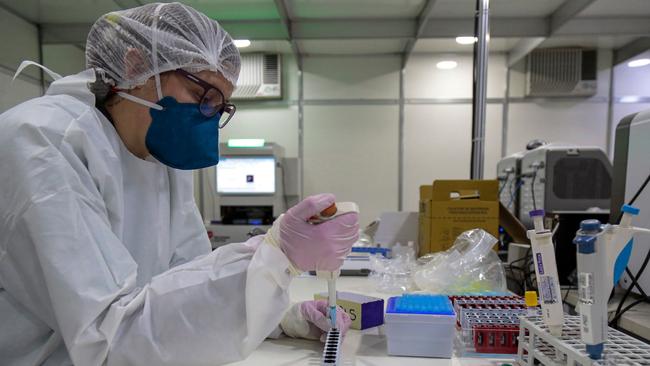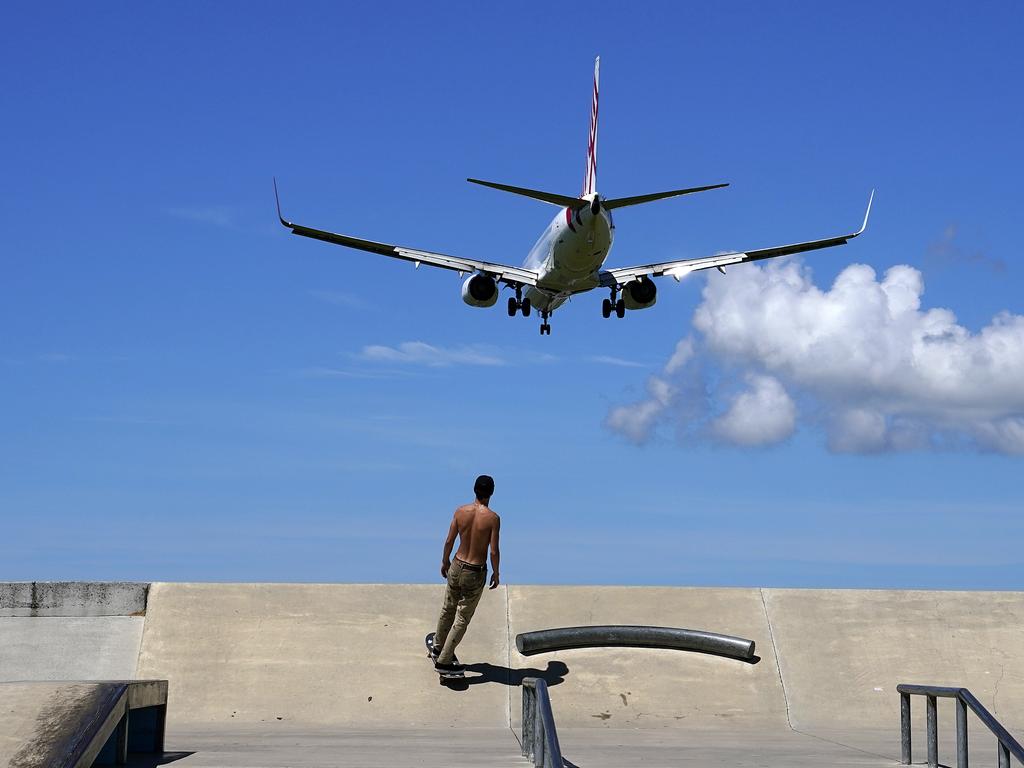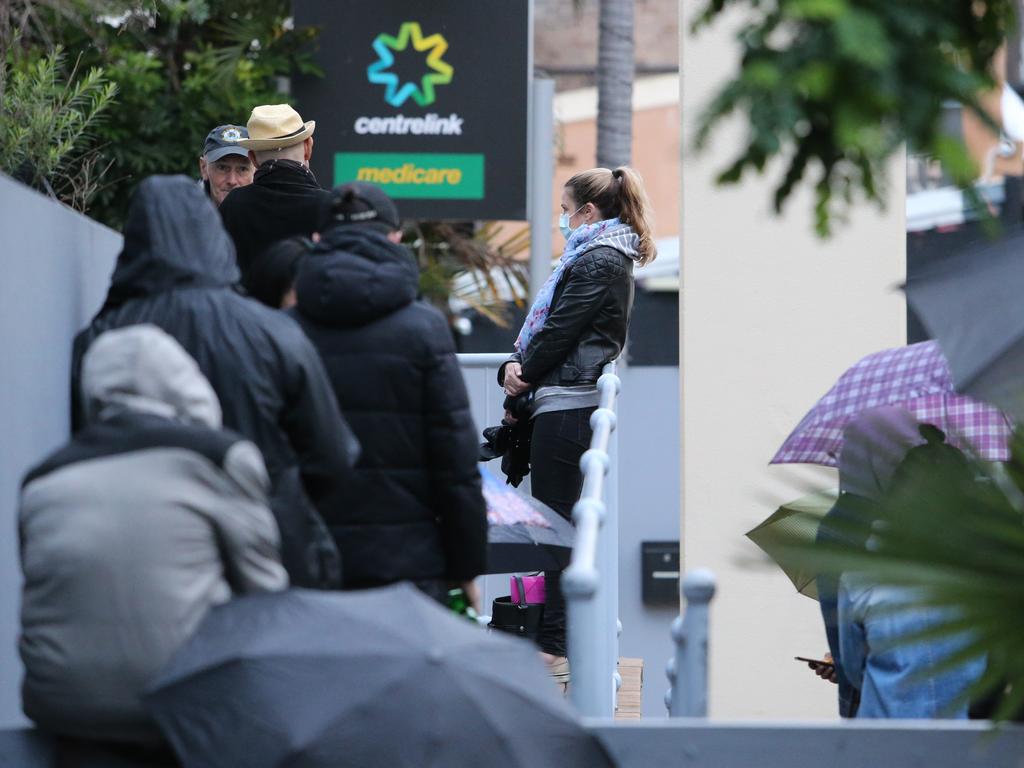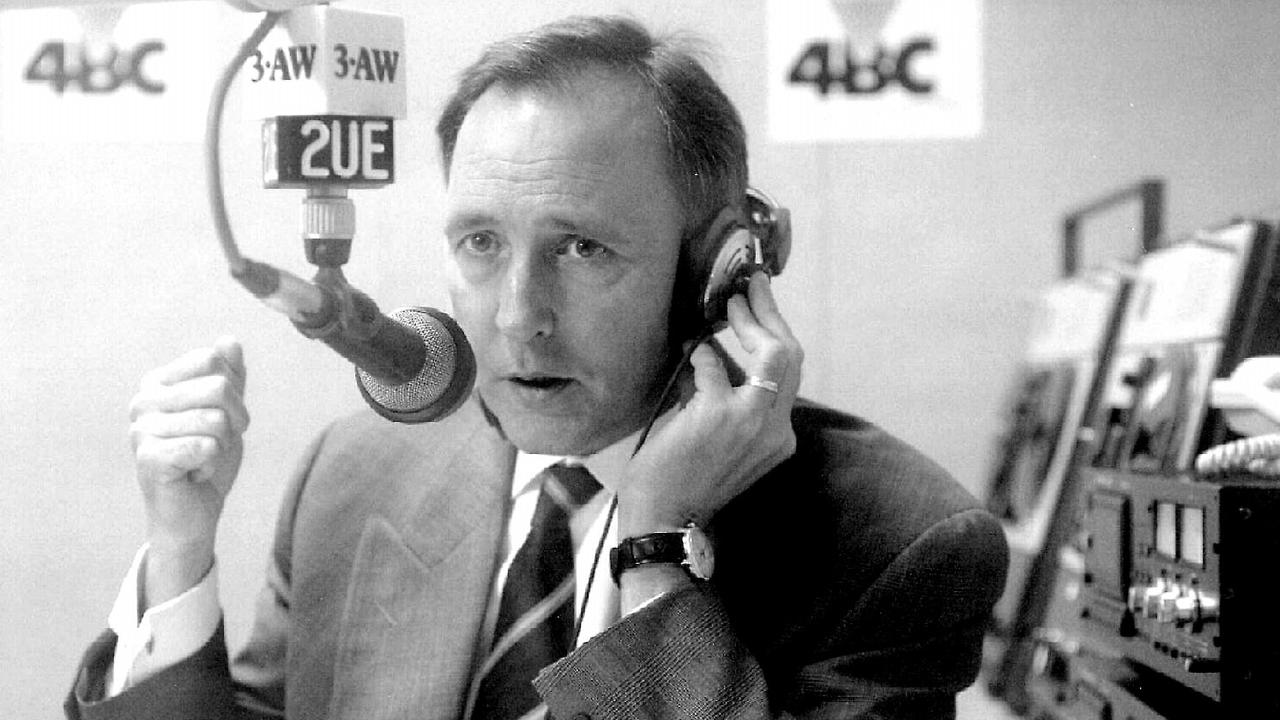In war against humanity, the coronavirus is winning
There is a desperate wish in Western societies that the worst be over. Such feelings were background to the dreadful mistakes of the Victorian government that led to Melbourne’s new spike.

Barely dented, reversed in only a few small territories, the virus is surging.
Choose your metaphor. It is a bushfire finding plentiful fuel — the fuel is human bodies. It is Game of Thrones’ ghostly White Walkers marching south across the Wall of Westeros, all but unstoppable.
Of course, the picture is mixed. Notwithstanding the second spike in Victoria, there is still reason for cautious optimism in Australia. But look at the global picture. Officially, there have been more than 11 million COVID-19 infections, heading towards 550,000 deaths, with 200,000 new cases every day.
Victoria’s Chief Health Officer, Brett Sutton, echoes many experts when he says the global death toll in coming months could rise to five or 10 million.
Raina MacIntyre, a distinguished epidemiologist at the University of NSW, tells Inquirer that poor nations with limited testing capacity probably under-report their cases by a factor of 10. A Massachusetts Institute of Technology study suggests total cases might be 12 times those reported, and deaths 50 per cent higher than reported.
If the cases are 10 times more, we’ve already had 100 million infections. And if the death toll is 50 per cent higher, we already have well over three-quarters of a million dead.
There is a desperate wish in Western societies that the worst be over. Relax, get on with life. Such feelings were background to the dreadful mistakes of the Victorian government that led to Melbourne’s new spike. This has produced figures as high as the peak at the pandemic’s start, but potentially much deadlier because then most cases were travel-related. Now they are community transmission.
Anyone who thinks Australia could never experience a situation like that seen in northern Italy or New York, where the health system was overwhelmed and many died needlessly, is mistaken. Their view is a prejudice, a wish, unrelated to reality.
We have dodged the worst because of good management and good luck. But the worst is still out there, just waiting to be let in.

The US thought it was over the worst when virus numbers declined in New York, New Jersey, Connecticut, Massachusetts and neighbouring states. This was wrong. The US infection rate is accelerating, with 55,000 new cases in a single day.
This is not a second wave; it’s the first wave in second places. Florida scored record infections for a single day with more 10,000, Texas 8000. Arizona set a new daily record with nearly 5000 in a day; Georgia set its new record with nearly 4000.
Overall, the US death rate has been declining, but this wave of new infections in the south and in California will produce its crop of deaths in time.
Globally, the infection rate has continued to climb. But the daily death rate has declined to around 5000, compared with 8000 at its peak.
These figures are tricky to interpret. And the truth is there is still an enormous amount that scientists do not know about this virus. Several contradictory trends are at work at the same time.
Defenders of the US’s relative performance, including me, have tended to look at the total deaths per million of population in the US. At around 397 deaths per million, the US figure is similar to a middle rank in Europe. Belgium at 854 (though this is skewed by measurement peculiarities) is much higher, but so is Britain at 657, Spain at 606, Italy at 575 and even Sweden at 523.
But many states in the US are bigger than most European nations. The death rate per million for New York is a staggering 1651, for New Jersey 1708 and Connecticut 1212. If the sunshine-belt states of the south and California, experiencing really their own first waves, end up with death rates anything like the northeastern states, the overall US death rate could look absolutely catastrophic. Already more than 130,000 Americans have died.
There are some reasons for hoping southern death rates won’t approach New York’s. After six months of clinical experience, doctors and hospitals know much better how to deal with and treat COVID. Although one shocking statistic is that 400 American doctors and nurses have died from it.
The hospital systems of some southern US states are already feeling the case-load pressure but one critical factor in keeping the death rate down is having enough intensive care beds and specialist trained nurses.
It is also the case that more of those getting the infection now are younger, and their death rate will certainly be lower.
A few clear things to avoid have also been established. New York Governor Andrew Cuomo has become a media hero, but he presided over a disaster and some of his policies contributed to the disaster. As the high death rate in Britain also demonstrates, how you manage your aged-care facilities has a big bearing on how many people die. Both New York and Britain sent sick people, including people with the virus, to aged-care homes. If you have the virus in an aged-care home you not only have a good chance of getting very sick, and necessarily lack proper hospital treatment, but you have an excellent chance of passing the virus on to a lot of other people.
As well, there are now a couple of drugs that shorten the length of the illness or reduce the fatality rate for the most sick. Developing treatments like that is one of the most important benefits of flattening the curve.
The southern states will benefit from all of this but still their ultimate death toll could be very high. This will have substantial, perhaps crippling, economic costs, for the US and the world. Some 37 US states saw their case load rise this week and 22 paused or rolled back economic openings.
There was some economic good news in the US, which is good news for the global economy. The US unemployment rate fell from 13.3 per cent in May to 11.1 per cent last month, as states opened up. Some 4.8 million jobs were created in that month.
But economic figures, like virus deaths, are a lagging indicator.
This week another 1.4 million Americans applied for unemployment benefits, the 15th straight week of more than a million new claims. The new infections will hurt any economic recovery.
Let’s go from the massive US problem to the serious but much smaller challenges of Victoria. The Victorian government made four stupid mistakes, even as it imposed the toughest lockdown regime in Australia.
First, it didn’t supervise the quarantine hotels properly. It chose to use untrained security guards without even the most elementary common sense of having them supervised by police officers, soldiers or prison guards.
Second, it made no serious effort to stop the Black Lives Matter mass demonstrations, unlike other governments.
We will never know what effects these gatherings had on spreading the virus but they certainly led people to conclude that if it’s OK for 10,000 people to gather in the city, it’s surely OK for 10 or 20 to gather in my home. We also know that the timing is pretty indicative. A few weeks after the demonstrations comes a wave of infections.
Third, Victoria was not as energetic in contact tracing as other jurisdictions.
And fourth, a state government that prides itself on its multicultural credentials was not effective in communicating the social-distancing message to several ethnic and religious minorities whose generally perfectly innocent cultural practices were prone to spreading the virus.
But, while they were stupid mistakes, they were easy ones to make, and to some extent understandable. They indicate just how easy it is for this virus to run away.
So, to combine the US and Victorian experiences, what does this tell us about the possible medical and economic path out of this virus?
Before answering that, add some other considerations.
The British death rate this week seems to have returned to something like its pre-virus normal. Leicester is in a local lockdown like the 300,000 or so hotspot residents in Melbourne. But is the British crisis, and the French, Spanish and Italian crises, really over? And if it’s over for the moment, is it permanently over?
The short answer is that until we get a vaccine, and apply it to most of the population, there is no permanent fix.
As MacIntyre points out: “There is no guarantee that in six months’ time New York does not get another dose.”
Second, while the virus is active in more than 200 states and territories, much of the world — sub-Saharan Africa, parts of Latin America and Asia — has yet to experience its first wave. There are parts of the developing world, such as Brazil, where the virus is raging out of control. Numbers are on the rise in India. China is able to use the brutally effective tools of authoritarian control to impose lockdowns as required, and to police social distancing.
MacIntyre further points out that without a vaccine the best indicator of how the virus might behave in the future is what happened in pre-vaccination days to comparable viruses. To put it crudely, you get a savage wave and a lot of deaths, people take all the isolation and quarantine efforts they can, the most vulnerable people die, and things settle down for a while. You get a period of normal and then it comes back for another bout, more savage or less savage as the case may be.
It’s very unlikely any vaccine will give lifetime immunity. People who have had the virus lose the protective antibodies after a few months. But there is other research that suggests immunity can be maintained to some extent without the antibodies. There may be some blood types more resistant to the virus than others. All that is part of what we don’t know.
But as Europe reopens tourism this northern summer, it will be critical to see what path the virus follows. Airlines say they cannot make money if they keep the middle seat vacant in economy class. The brutal logic is you cannot practise effective social distancing if you have mass air travel.
The four most successful countries in dealing with the virus have been Taiwan, New Zealand, Australia and South Korea. The first three are islands. And South Korea is a peninsula with its one land border, with North Korea, the most impermeable and socially distanced land border in the world. In virus terms, it’s effectively an island. Thus it’s a fair suggestion that success in managing the virus has relied in some measure on isolation internationally, just as it depends on social distancing domestically. Broadly, we know what works, but it’s very difficult to keep doing it.
But until we get a vaccine, there is no alternative if we want to avoid the dead in large numbers.







COVID-19 is on the march around the world.